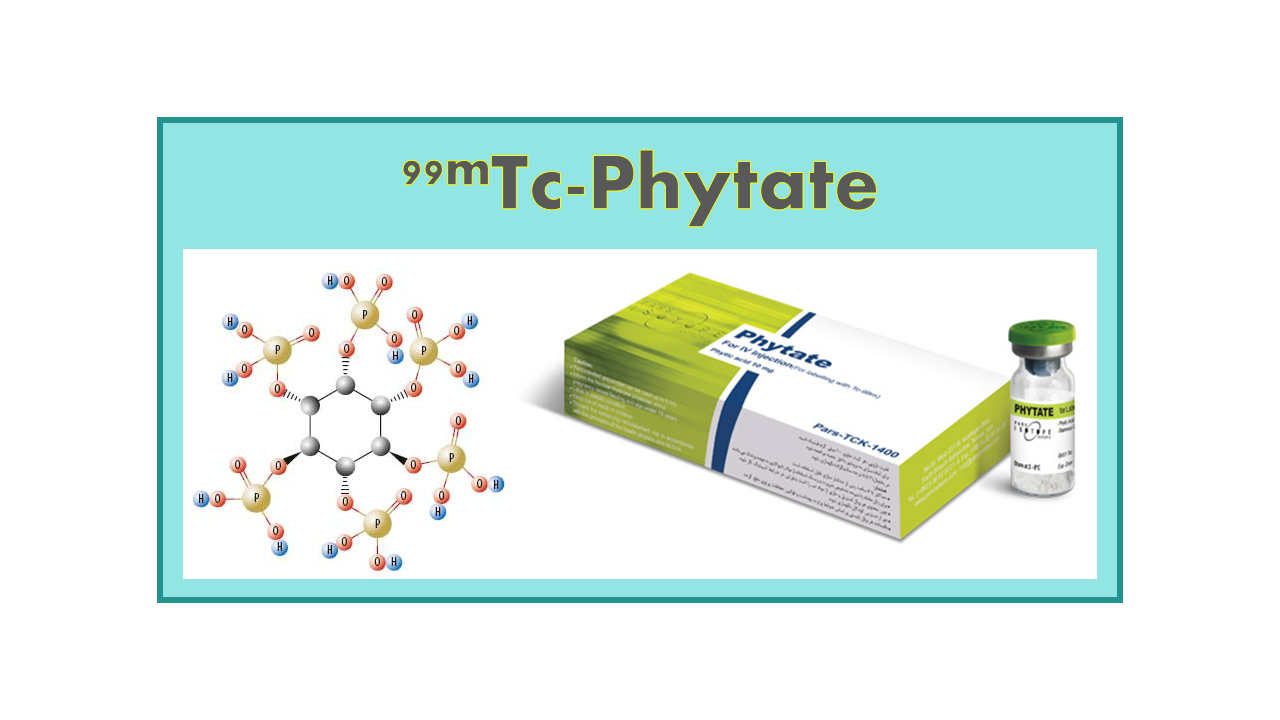
99mTc-Phytate
April 13, 2024
Technetium-99m (99mTc) is a radioactive isotope commonly used in nuclear medicine imaging. When combined with phytate, a compound that is taken up by the liver and spleen, it forms 99mTc-phytate, which is utilized as a radiopharmaceutical for liver and spleen scintigraphy.
Scintigraphy is a diagnostic imaging technique that uses gamma cameras to capture the distribution of a radiopharmaceutical in the body. In the case of 99mTc-phytate, it is specifically designed to visualize the liver and spleen, allowing for the assessment of their function and structure.
The radiotracer 99mTc-phytate is known for its ability to provide high-quality images of the liver and spleen, aiding in the diagnosis and management of various hepatic and splenic conditions, such as tumors, abscesses, and vascular disorders.
The use of 99mTc-phytate in SPECT (Single Photon Emission Computed Tomography) imaging allows for three-dimensional visualization of the distribution of the radiopharmaceutical within the liver and spleen, providing valuable information for clinicians in the evaluation of these organs.
Overall, 99mTc-phytate plays a crucial role in nuclear medicine by enabling non-invasive assessment of liver and spleen function, contributing to the diagnosis and monitoring of a wide range of hepatic and splenic pathologies.
Description
99mTc-Phytate is a generic SPECT agent for liver and spleen scintigraphy. Phytic acid (also known as myo-inositol hexakisphosphate, IP6), is a saturated cyclic acid which forms the principal storage form of phosphorus in many plant tissues. Phytate is not digestible to humans and phytic acid chelates metals and thus makes them unabsorbable. The 99mTc complex is based on this property.
Clinical applications
99mTc-Phytate is used for hepatic and spleen scintigraphy at injected doses of 1–3 mCi.
Availability
Phytate kits are sold under the names Phytacis® (IBA Molecular (Curium); marketed since 1982), Phytate (Pars Isotope), TCK-16 (BRIT), Techne® Phytate (Fuji Film), Technefit (DiaMed, Russian MA 1991) and Wuxi Jiangyuan.
Competition
Physicians have several choices for hepatic imaging and 99mTc-Phytate, with the exception of its stability, does not bring a real supplementary advantage. Copies of this molecule are therefore seldom and its use is directly dependent upon the local availability. Physicians will preferably use the liver tracer they have on hand.
Comments
99mTc-Phytate could have been explored for other indications, including lymphoscintigraphy, but did not receive the support it deserved. As a generic compound it will definitely not be pushed further and may disappear from the nuclear medicine landscape within the coming years.